A Peek into Thailand’s Hottest Star’s World: 10 Facts You Should Know About Freen
Get an exclusive peek into the world of Freen Sarocha: uncover 10 facts ...
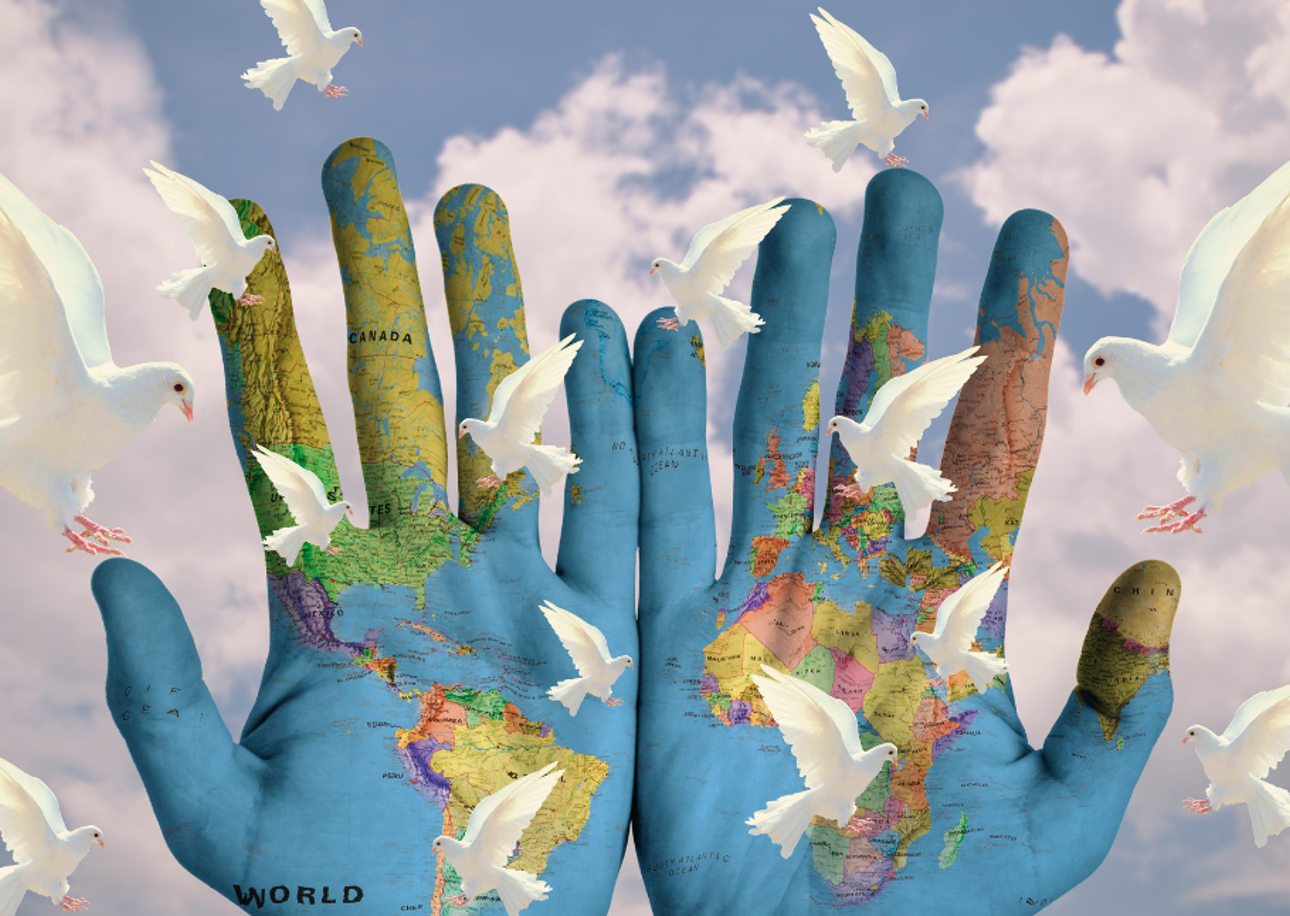
On the International Day of Peace (United Nations) every September 21st, it’s essential to reflect upon the role art has played in emphasising the value of peace. Historically, artists have utilised their medium to depict the quest for harmony, the stark realities of war, and the vision of a world unified in peace. Today, as we mark this global day of peace, Koktail reflects on several pieces that encapsulate these themes of calm, unity, and a desire to live devoid of conflict.
These art pieces, each in their own distinct manner, touch upon the notions of peace, whether it’s through strong stances against warfare, evocative symbols of unity, or mere portrayals of serenity and freedom.
American folk artist, Edward Hicks, showcased the peaceful coexistence of diverse animals in “The Peaceable Kingdom,” inspired by the Book of Isaiah from the Bible which speaks of an era of peace.
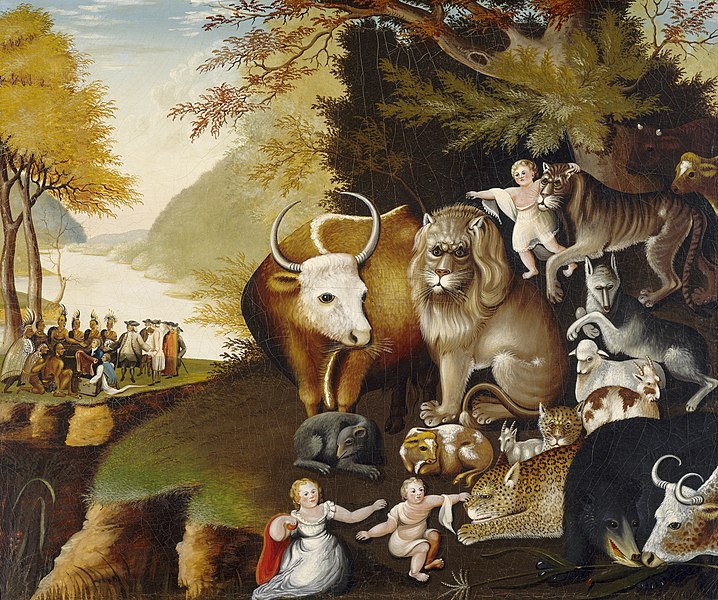
Gifted by France to the United States, The Statue of Liberty has become a globally recognized emblem of freedom and peace, extending a warm welcome to newcomers and illuminating the promise of democracy.
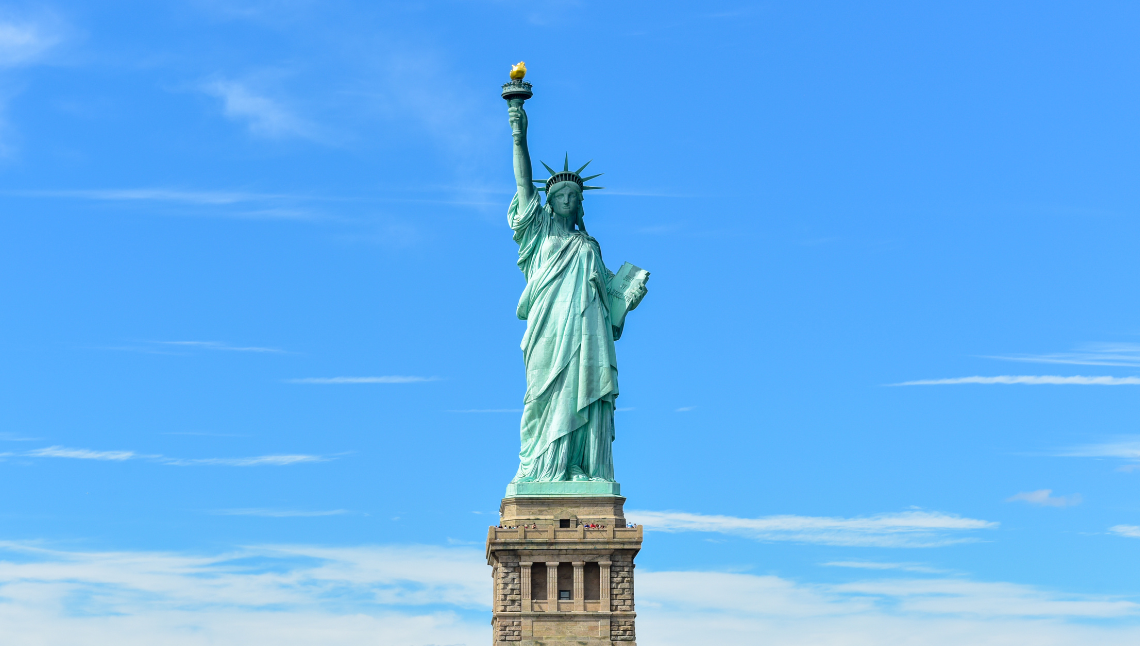
Located prominently in front of Buckingham Palace, the “Queen Victoria Memorial” or “The Statue of Peace” comprises a bronze figure representing Peace, cradling an olive branch and orb. It honours the conclusion of the Boer War and stands testament to peace and reconciliation.
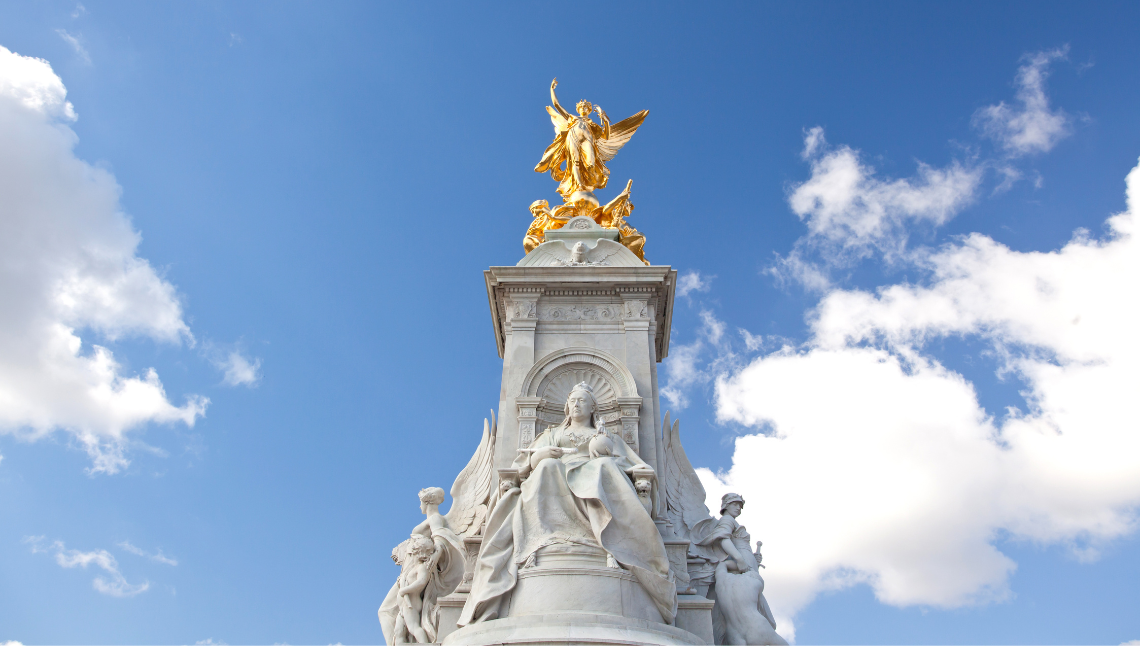
Salvador Dalí’s renowned piece, “The Persistence of Memory,” while not directly about peace, transports viewers into a serene dreamscape, challenging them to think about the passage of time and our perception of reality. Its surreal and thought-provoking nature allows for a range of interpretations, including those related to tranquillity and harmony.
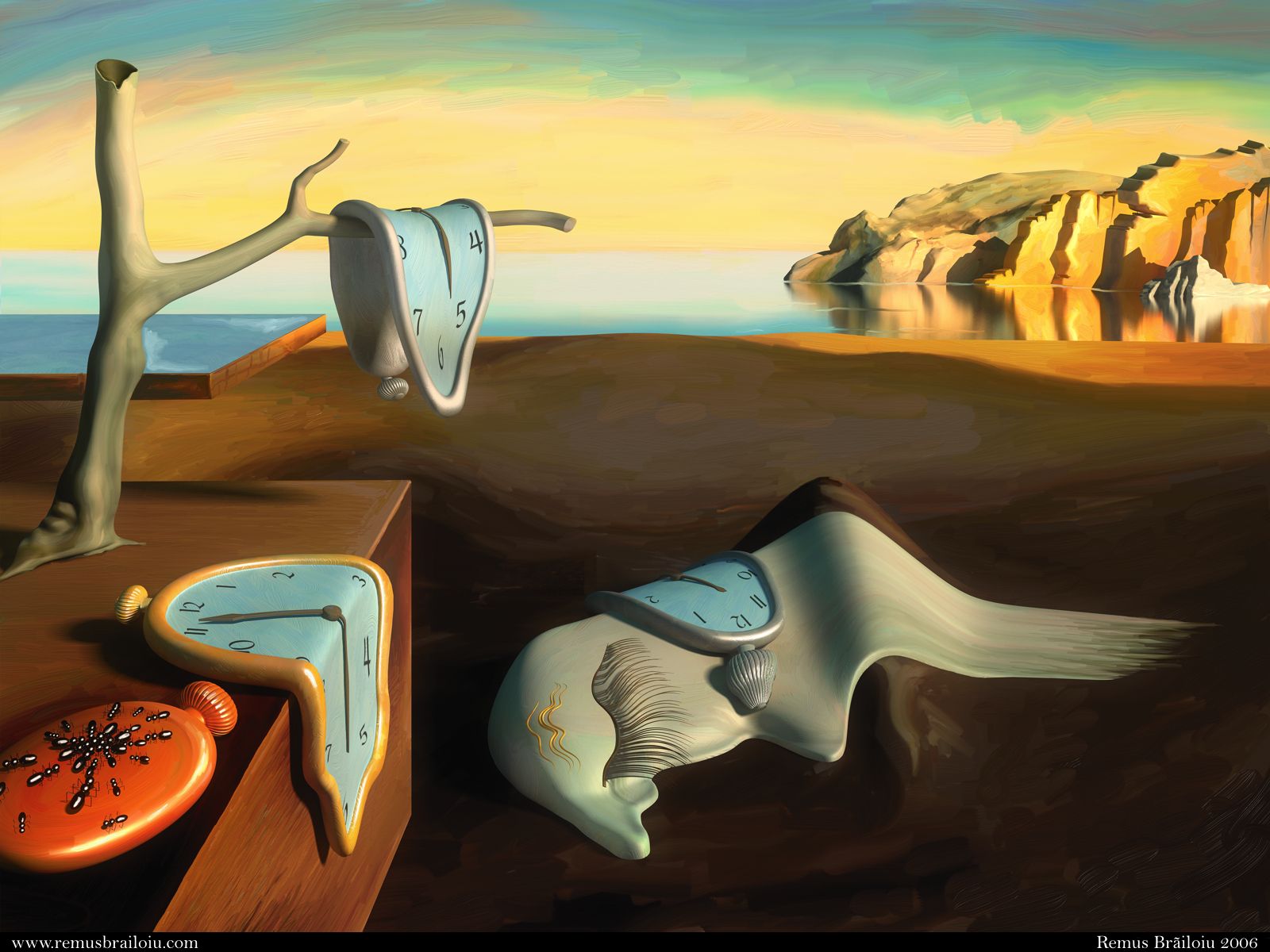
Photo: Courtesy of nataliebreazeale
Created in reaction to the tragic bombing of Guernica during the Spanish Civil War, “Guernica” is a poignant commentary on the devastation that war brings. Picasso vividly presents the anguish and turmoil stemming from violent conflict.
Picasso’s straightforward yet profound portrayal of a dove soon became a cherished representation of peace after it was selected for the poster of the World Peace Congress in Paris in 1949.
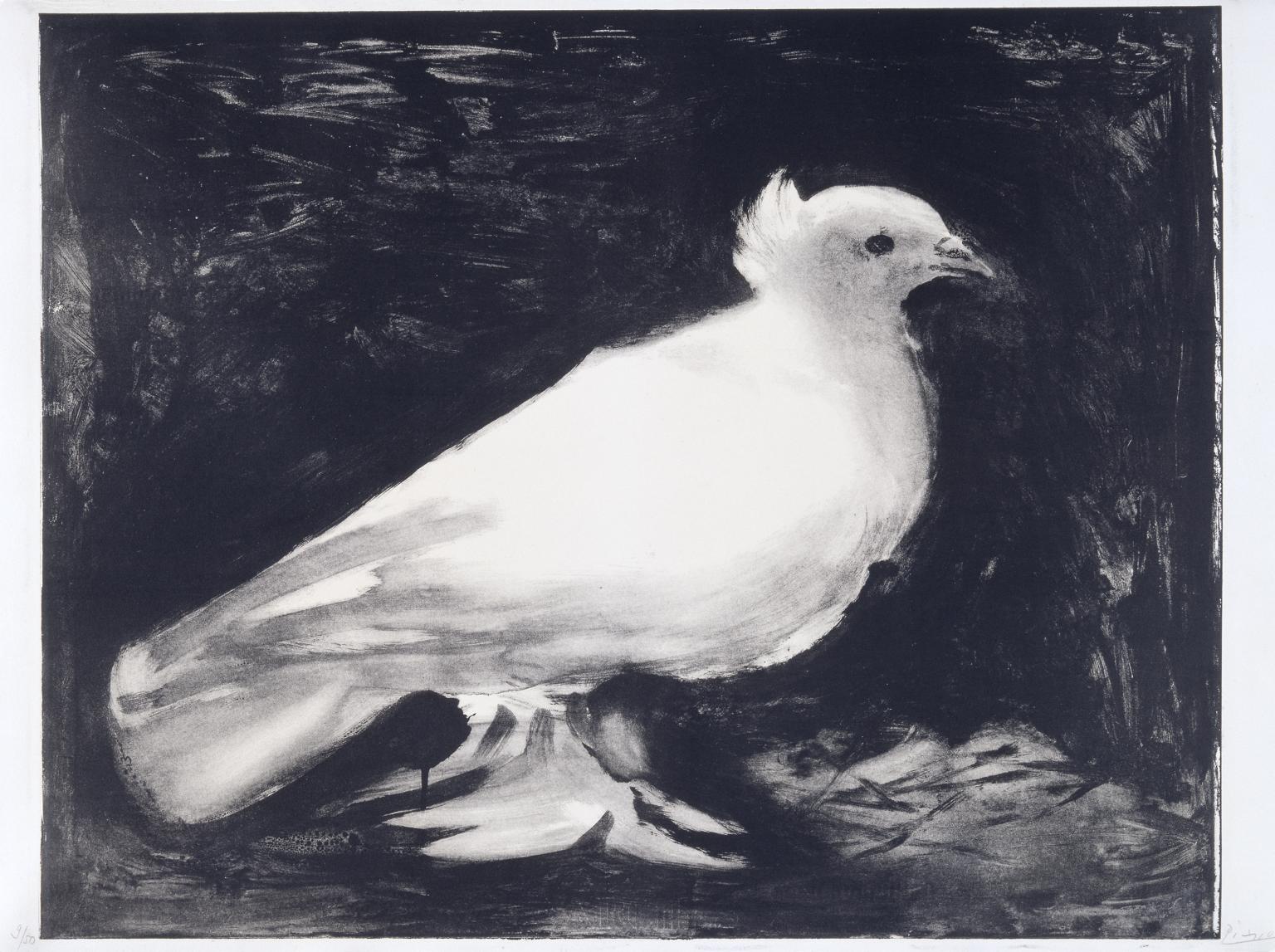
Get an exclusive peek into the world of Freen Sarocha: uncover 10 facts ...
In a cinematic landscape saturated with remakes, reboots and sequels, you might ...
While traditional TV shows are serving us endless boy-meets-girl tales. Thailand has ...
These top 5 barber shops in Bangkok are where gentlemen can elevate ...
Pets, as cherished members of our families, deserve rights and protections that ...
The internet makeup obsession straight out of Bangkok’s streets! Thai makeup zeroes ...
Wee use cookies to deliver your best experience on our website. By using our website, you consent to our cookies in accordance with our cookies policy and privacy policy